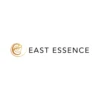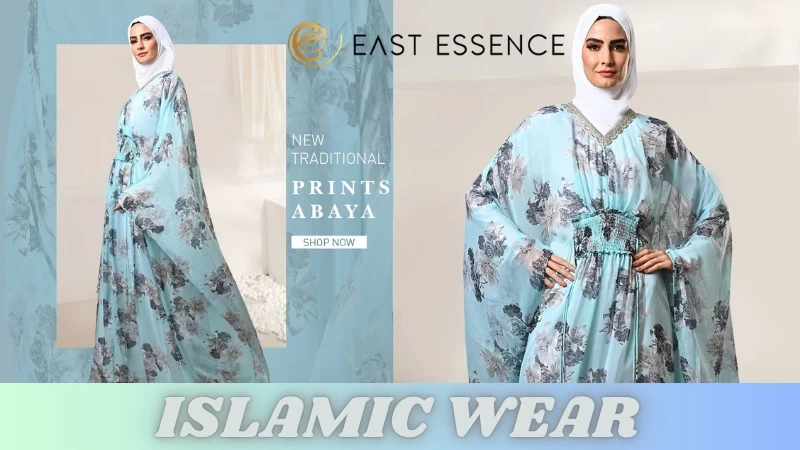Introduction
Islamic wear, also known as Islamic clothing or modest wear, is not just a style statement but an important aspect of Muslim identity and faith. Whether it's for daily wear or special occasions, finding the right Islamic wear is essential for both men and women who wish to adhere to Islamic dress codes while expressing their individual style. In this article, we'll explore the world of Islamic wear and provide you with a comprehensive guide on buying Islamic clothing that suits your needs and preferences.
Understanding Islamic Clothing
Islamic clothing is designed to adhere to the principles of modesty as outlined in the Quran and Hadith. For Muslim women, this often includes covering the hair, arms, and legs, and for men, it involves wearing garments that are not form-fitting or revealing. While these guidelines are rooted in religious tradition, Islamic fashion has evolved over the years to encompass a wide range of styles, fabrics, and designs.
Key Elements of Islamic Wear
Hijab: The hijab is a headscarf worn by Muslim women to cover their hair. It comes in various styles, including the traditional square-shaped scarf, rectangular shawl-like scarves, and even turbans. The choice of hijab style is often influenced by personal preference and cultural factors.
Abaya: The abaya is a long, flowing dress that covers the entire body. It is typically worn over regular clothing and comes in various styles and designs. Abayas can be plain or adorned with embroidery, sequins, or other embellishments.
Thobe (Kandura): Men commonly wear a thobe or kandura, which is a long, loose-fitting robe. It is often accompanied by a head covering known as a ghutrah or keffiyeh.
Jilbab: Similar to an abaya, a jilbab is a loose-fitting dress that covers the entire body. It is often paired with a matching headscarf.
Niqab: The niqab is a face veil worn by some Muslim women. It covers everything except the eyes and is often paired with other modest clothing items.
Khimar: A khimar is a long cape-like garment that covers the head and extends down to the waist or beyond. It is often paired with a long dress or skirt.
Turban: Some Muslim men and women choose to wear turbans, which are wrapped head coverings. Turban styles can vary widely based on regional and cultural influences.
Choosing the Right Islamic Wear
Consider Your Needs: Think about the purpose of your Islamic wear. Are you looking for everyday attire, special occasion outfits, or sportswear? Your needs will dictate the type of clothing you should purchase.
Fabric: Pay attention to the fabric. Comfort is paramount, so choose breathable, lightweight materials for hot weather and warmer fabrics like wool for colder seasons.
Size and Fit: Ensure that your Islamic wear is neither too tight nor too loose. Proper fit is crucial for modesty and comfort.
Style and Design: Islamic fashion has evolved to include a wide range of styles and designs. Choose clothing that reflects your personal style while adhering to Islamic dress codes.
Cultural Influences: Depending on your cultural background, you may prefer specific styles or designs that are unique to your region. Embrace these cultural influences in your choices.
Quality: Invest in good-quality Islamic wear that will last longer and provide better comfort.
Conclusion
Buying Islamic wear is a personal and meaningful journey for many Muslims. It is an opportunity to express one's faith and individuality while adhering to the principles of modesty. Whether you are looking for traditional attire or modern interpretations, the key is to find clothing that aligns with your values, preferences, and needs. By considering factors like fabric, fit, style, and cultural influences, you can build a wardrobe of Islamic wear that reflects your identity and helps you feel confident and comfortable in your faith.


